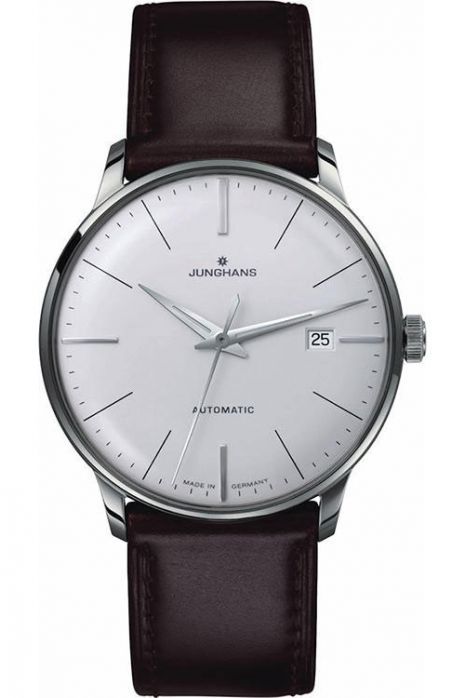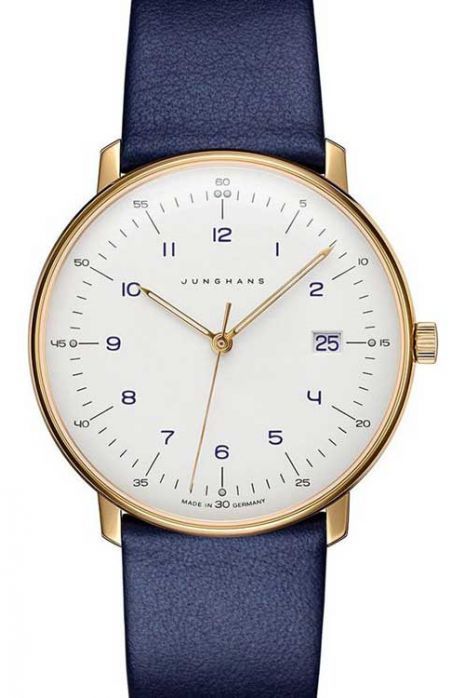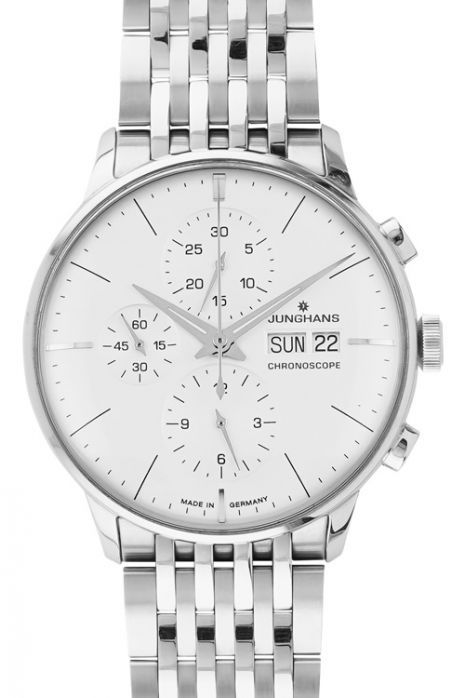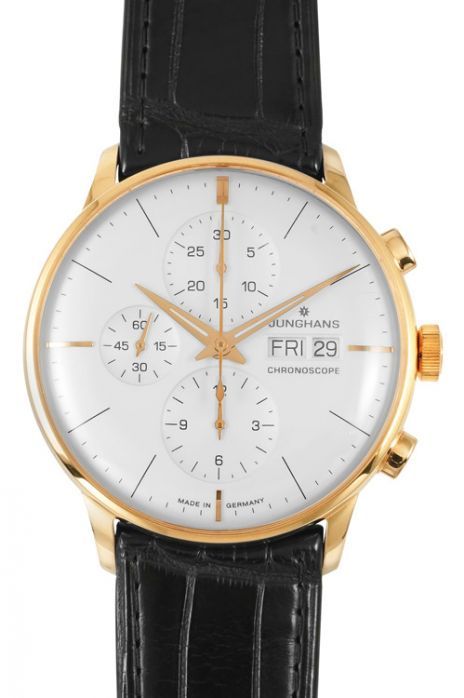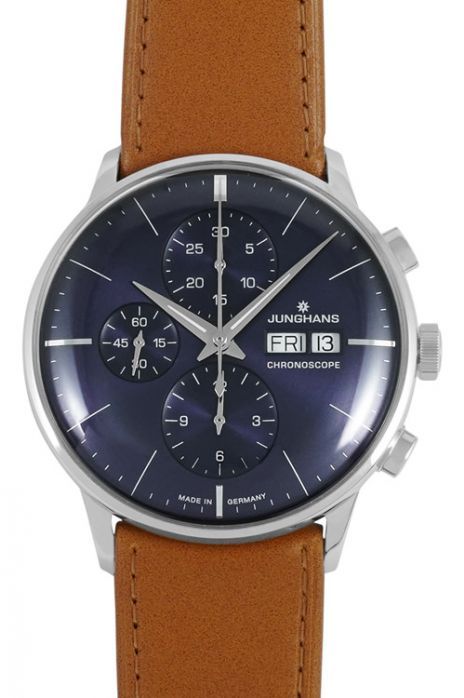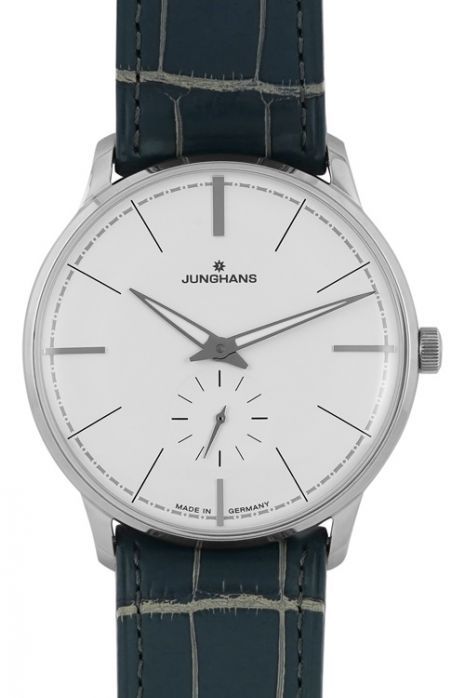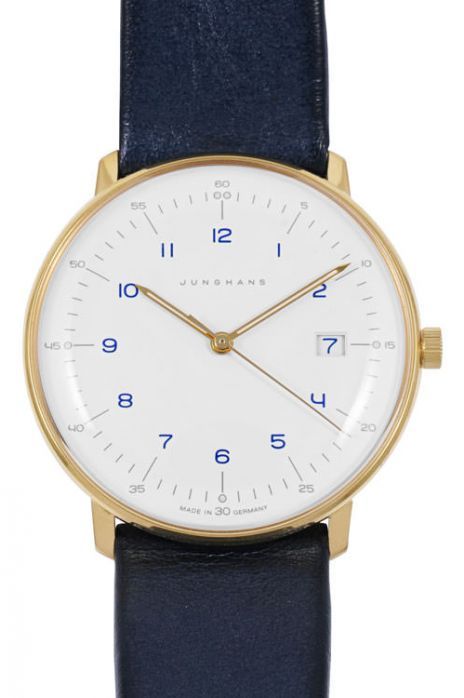
7 Junghans Watches
Junghans Watches - The Journey Begins
While most of us associate the art of watchmaking with the iconic Swiss brands, German brands also have a very special place in the horological world due to their innovative and precise watchmaking. Amongst them, the 160-year-old brand of Junghans has cemented its reputation by producing consistently inventive and technically accurate watches over the years.
Founded in 1861 by Erhard Junghans and his brother-in-law, Jakob Zeller-Tobler, the company was initially known as Zeller & Junghans. However, the company didn't start producing watches straight away. Instead, Junghans made watch components for other companies in Germany's famed Black Forest region, famous for its cuckoo clocks for around five years. It was only in 1866 that the first watch designed and crafted by this company located in Schramberg made its way to the market. Unfortunately, Erhard Junghans passed away in 1870, and his wife Luise Junghans took over the company. The company then passed on to the stewardship of her sons, Arthur and Erhard D. Junghans.
Yet, it was only in the late 1880s that the legendary symbol of the brand was introduced. Inspired by the ingenious marketing strategies of the Americans, the German visionaries made the Junghans star with the letter J in it in the year 1888. This star was soon modified into an eight-sided gear wheel, and since then, it has been an evergreen symbol of German horological achievements.
Junghans became the world’s largest manufacturer of clocks and watches at the turn of the 20th century after expanding into alarm clocks and pocket watches. By 1903, the company had 3000 employees in subsidiaries and factories across Europe. Their unprecedented growth began with the start of the production of wristwatches in 1927. Junghans also entered and was successful in the defence and ammunition business, apart from watches.
Junghans - The Story Continues
The second half of the 20th century brought this age-old German manufacturer even more success. By focusing on wristwatches and movements after the Second World War, the company became the third-largest watch movement producer in 1956. Nevertheless, this was also when the Junghans family lost control over the group following the Diehl group takeover.
This takeover proved successful as Junghans watches started producing kitchen clocks and wristwatches. They had a classic design but what set them apart was the use of the latest technological innovations. Most of these designs were created by legendary Swiss designer, Max Bill. Presently, a Max Bill collection of watches by Junghans celebrates this impactful designer and the partnership he shared with the company.
Unlike many watch companies which closed shop, Junghans braved the 1970s Quartz Crisis, and developed the Astro-Quartz watch in 1971. This became the first German quartz watch, and in the following year, the company was selected as the official timekeeper of the 1972 Munich Olympics.
Over the next decade and a half, the company entirely focused on making precise watches. As a result, Junghans produced radio-controlled table clocks with an astonishing deviation of one second every million years. This accurate radio-controlled movement was transferred to wristwatches, and in 1990, the company created the Mega 1 watch, which is perhaps the most accurate wristwatch ever made!
In 2000, Diehl sold the watch division of Junghans to Hong Kong-based Egana Goldpfeil. However, with Egana Goldpfeil filing for bankruptcy in 2008, local businessman Dr Hans-Jochem Steim and his son, Hannes Steim, took over the company. Under their steady leadership, the company’s sales increased, and Junghans museum was opened in Schramberg.
Manufacturing Precision of Junghans Watches
Junghans takes no shortcuts to produce existing and new watches. Each and every watch is carefully designed and scrutinised by engineers before they are given the green signal. Parts and components are manufactured in-house and assembled by hand. Apart from these, thorough quality control checks are undertaken, and Junghans ensures that no stones are left unturned during its production process.
Such a meticulous process has led to radio-controlled movements in watches that change themselves according to various time zones. Other collections made by the company include the Meister series, the Force Mega Solar, and the Form A series. In 2018, the company released the J101 movement, whose features include using an app to change time zones in the watch.
With such emphasis on tradition and groundbreaking innovations, Junghans continues to produce watches ahead of their time.
